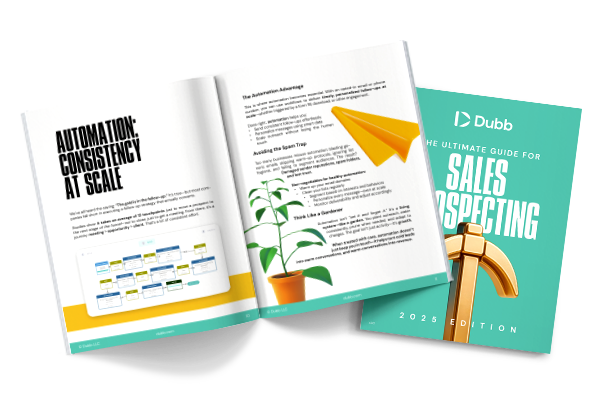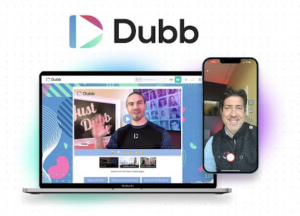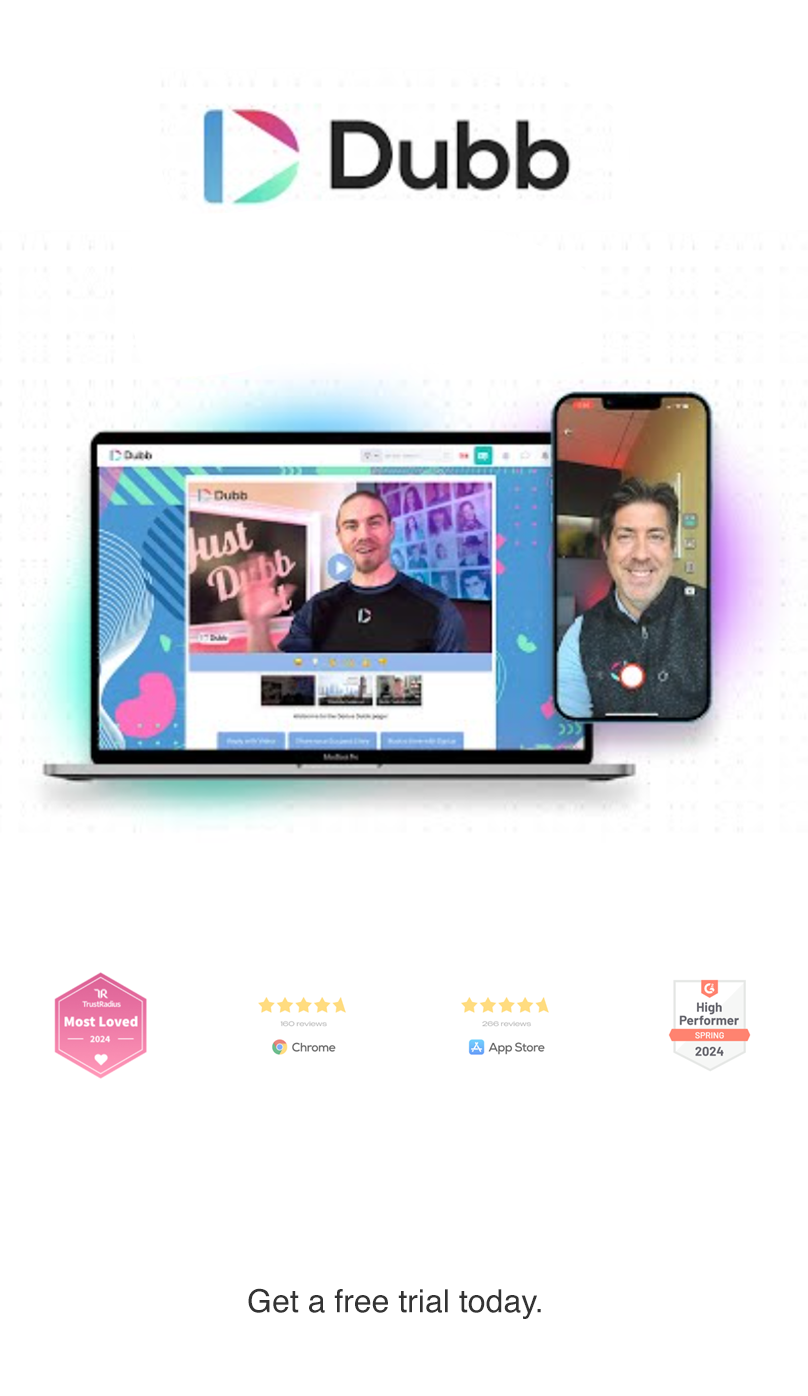Why Increasing Conversion Rates Matters More Than Ever
In the world of digital marketing and eCommerce, conversion is everything. Whether it’s getting a visitor to sign up for a newsletter, download a lead magnet, or make a purchase, the success of your business depends on how well you can turn clicks into action.
But most websites aren’t optimized to convert. According to WordStream, the average conversion rate across industries is just 2.35%—with the top 25% hitting 5.31% or higher. That means if you’re not intentionally working to increase your conversion rate, you’re likely leaving money on the table.
In this blog, we’ll explore 17 actionable ways to increase conversions, including strategies for improving your landing page, optimizing your CTA button, leveraging social proof, and perfecting your value proposition. You’ll also find up-to-date conversion rate statistics, key best practices, and expert insights to help you boost conversions and grow your business.
What is a Conversion?
A conversion happens when a visitor completes a desired action on your website. This could be:
- Filling out a form
- Clicking a link
- Starting a free trial
- Booking a demo
- Completing a purchase
Each of these actions represents a step toward achieving your business goals—and the more conversions, the better.
What is a Good Conversion Rate?
A good conversion rate depends on your industry, traffic source, and product. But according to industry data:
- The average landing page conversion rate is 2.35%
- Top-performing websites see conversion rates of 11.45% or higher
If you’re seeing anything below 3%, you likely need to work on conversion rate optimization (CRO) to improve results.
Why You Need to Increase Conversions Now
Traffic is getting more expensive. With rising costs on Google Ads and social platforms, your cost per acquisition (CPA) has likely gone up. The best way to offset this?
Focus on conversion rate optimization. If you can increase conversion rate by even 1% on a high-traffic page, the revenue impact can be massive.
Let’s say your site has 50,000 monthly visitors. At a 2% conversion rate, that’s 1,000 conversions. Improve to 3%, and you’re getting 1,500 conversions—without spending a dollar more on ads.
This is the power of CRO. Let’s break down the most effective ways to increase your conversion rate.
1. Craft a Clear, Compelling Value Proposition
Your value proposition tells potential customers why they should choose your product or service. It should appear prominently on your homepage and every key landing page.
Checklist for a strong value proposition:
- What problem do you solve?
- How is your solution better than competitors?
- What result can the user expect?
Example (weak):
“We help businesses grow.”
Example (strong):
“Double your sales pipeline in 30 days using AI-powered video outreach.”
This revised version provides a clear benefit, includes a timeline, and appeals to the pain points of the potential customers—making them more likely to convert.
2. Optimize Your Landing Pages for Conversions
Your landing page is the frontline of conversion. It’s where you present your offer, overcome objections, and move visitors toward a decision.
Best Practices for High-Converting Landing Pages:
- Use a clear headline that instantly communicates the benefit
- Remove clutter—only one call to action
- Use contrasting CTA buttons that stand out
- Include visual cues like arrows, faces, or video thumbnails
- Keep form fields to a minimum (ideally 3–4)
According to QuickSprout, reducing form fields from four to three on your landing page can boost form conversions by up to 50%.
For more examples and tips, see our full article on creating high-impact video landing pages.
3. Use Strong CTAs That Encourage Action
Your call to action (CTA) is what tells users what to do next. Whether it’s “Buy Now,” “Get a Free Trial,” or “Book My Demo,” your CTA button needs to stand out.
CTA Best Practices:
- Make it specific (“Start My Free Trial” > “Submit”)
- Use action verbs: Start, Get, Try, Book, Download
- Test color contrast—Unbounce found that red buttons outperformed green in some A/B tests by 21%
- Repeat your CTA 2–3 times on the page (header, mid-content, end)
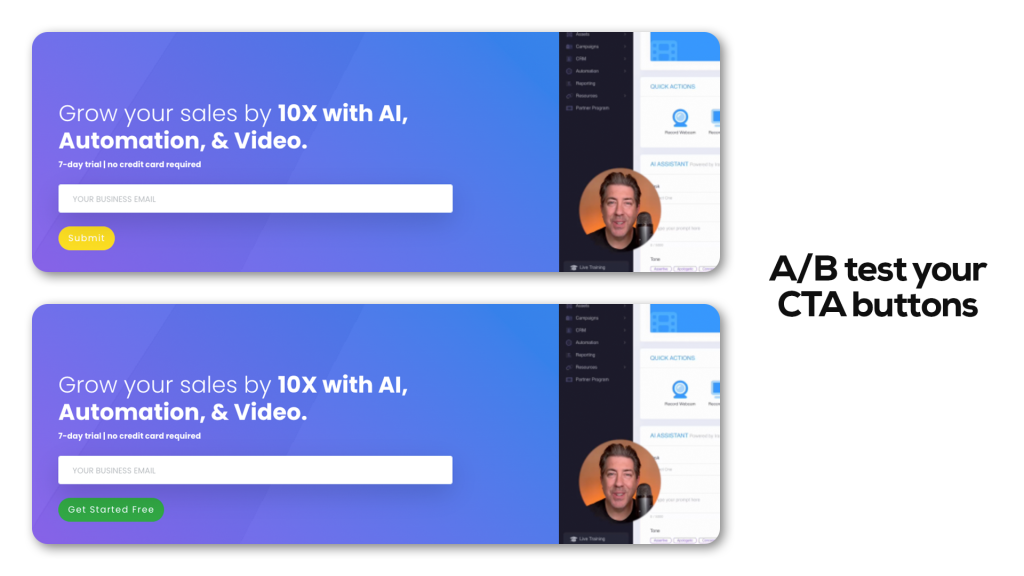
Always split test your CTA button text and placement to find what performs best for your audience.
To see how video CTAs can increase conversion rates, check out our video conversion guide.
4. Build Trust with Testimonials and Social Proof
Before people take action, they need to feel safe doing so. Testimonials, reviews, and social proof are key to building that trust.
Types of Social Proof That Increase Conversion:
- Customer testimonials (video or text)
- Client logos
- User reviews
- Statistics (e.g., “Over 5,000 happy customers”)
- Star ratings (especially for eCommerce)
A 2025 study by Capital One Shopping revealed that 91% of consumers read at least one review before making a purchase, and over half read four or more. That means by the time someone lands on your product or service page, they’re already looking for reassurance—from real people, not marketing copy.
Even more compelling? According to Gominga, when a product has just five reviews, the likelihood of purchase increases by a staggering 270%. That’s not a subtle lift—it’s a conversion catalyst.
5. Improve the Checkout Process
For eCommerce stores, the checkout is where conversions are won—or lost. A slow, confusing, or overwhelming checkout page can kill the sale.
Checkout Optimization Tips:
- Eliminate unnecessary form fields
- Add trust badges (SSL, payment icons, money-back guarantee)
- Allow guest checkout
- Show progress indicators for multi-step checkouts
- Make shipping costs clear up front
Baymard Institute reports that 70.19% of shopping carts are abandoned—largely due to extra costs, forced account creation, and complex forms.
6. Optimize for Mobile Conversions
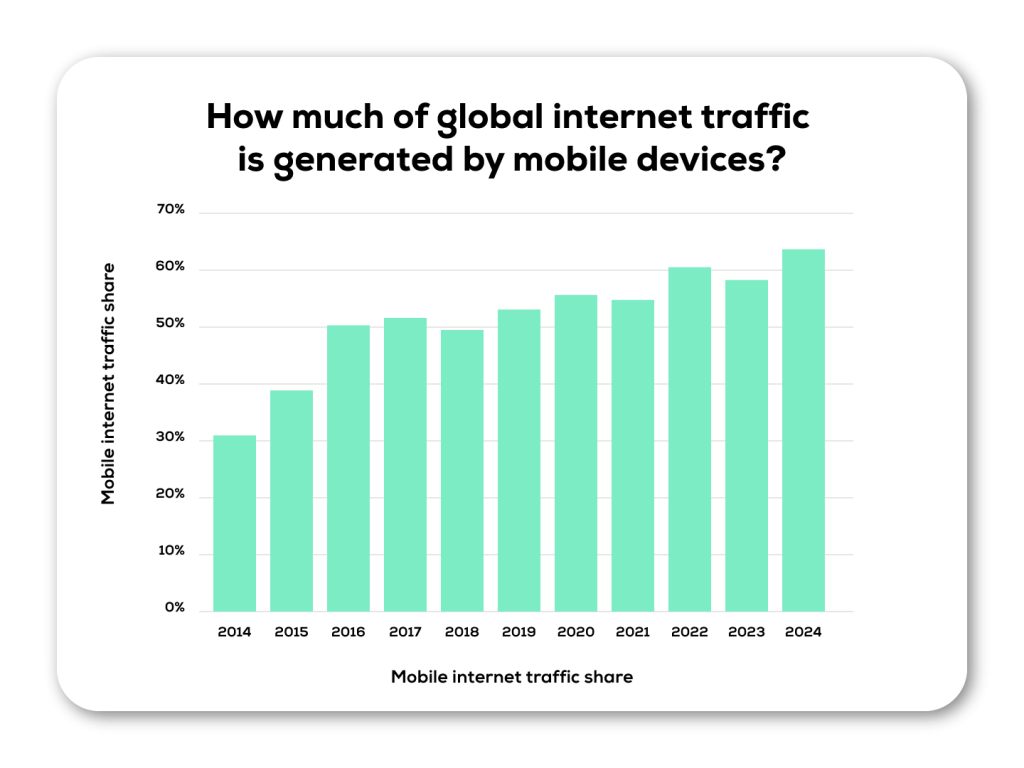
Source: Exploding Topics
More than 60% of global website traffic now comes from mobile devices—64.14% in May 2025 per Exploding Topics, and 62% according to DataReportal. If your site isn’t optimized for mobile, you’re losing potential conversions.
How to Improve Mobile User Experience:
- Use responsive design that adapts to screen size
- Compress images for faster loading
- Make CTA buttons thumb-friendly (large, easy to tap)
- Minimize text and focus on key headlines and benefits
- Enable auto-fill on forms to reduce friction
Recent benchmarks show desktop e-commerce sites converting at about 3.9%, while mobile lags behind at only 1.8%.That gap highlights a massive opportunity to increase conversions simply by improving the mobile user experience.
7. Use Live Chat to Answer Objections in Real Time
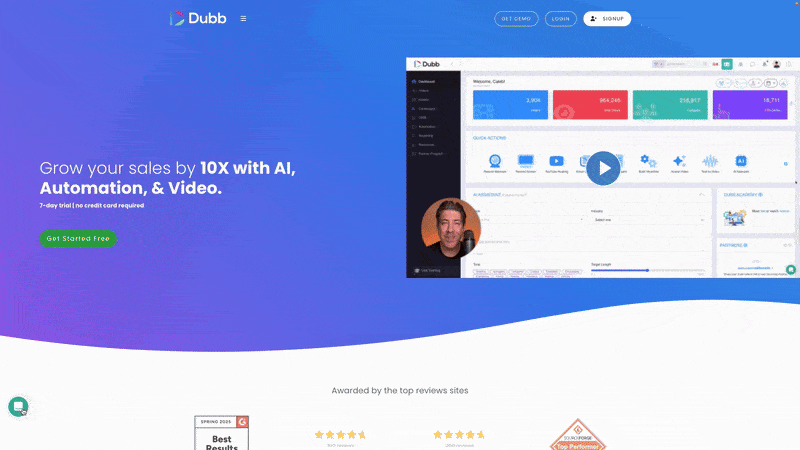
When a visitor is unsure about your offer, a live chat widget can help answer their questions and move them closer to a decision.
According to a Kayako survey of businesses, 79% report that live chat has positively impacted sales, revenue, and customer loyalty. Additionally, real-world implementations have shown that live chat, when set up effectively, can boost conversion rates by 10–20%.
What to Do:
- Add chat prompts on product and landing pages
- Use proactive messages like: “Need help deciding? I’m here.”
- Connect users to a real person (or high-quality chatbot)
Live chat creates immediacy, resolves objections, and boosts confidence—all of which help improve your conversion rate.
8. Map and Optimize Your Conversion Funnel
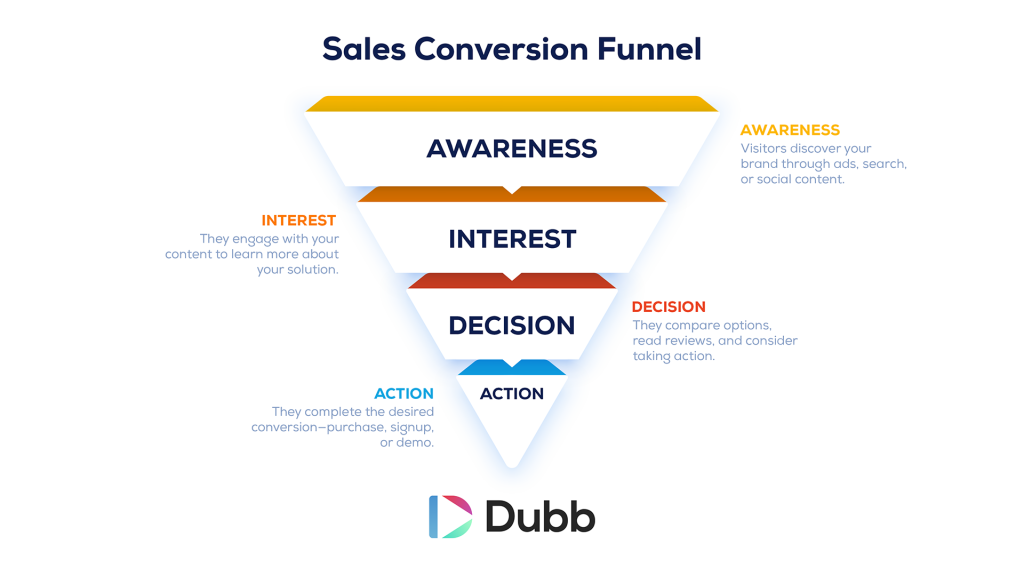
Every website has a conversion funnel, even if it’s not clearly defined. This funnel represents the stages a visitor goes through before converting—from awareness to action.
Basic Sales Funnel Stages:
-
Awareness (visits from ads, blogs, SEO)
-
Interest (product pages, videos, testimonials)
-
Decision (pricing, feature comparison, CTAs)
-
Action (checkout, form submission, booking)
Use tools like Google Analytics, Hotjar, or Heap to understand how users flow through each stage—and where they drop off. Small changes in your conversion funnel can have a big impact.
Example: If you lose 30% of users on the product page, test adding a sticky CTA, testimonial slider, or FAQ section to reduce bounce and boost conversion.
9. Analyze and Improve Your Headlines
Your headline is the first thing users see—and it often determines whether they stay or bounce. In fact, 80% of visitors will read a headline, but only 20% will read the rest.
Headline Tips to Increase Conversions:
- Lead with the benefit: “Double Your Leads in 7 Days”
- Use numbers or statistics
- Ask a compelling question
- Test different formats: How-to, lists, pain-agitate-solution
A good headline sets up the entire page for a higher conversion rate—so it’s worth testing multiple versions using A/B or multivariate testing.
10. Offer a Money-Back Guarantee
A strong money-back guarantee reduces friction and builds confidence in your product or service. It reassures users that they have nothing to lose, which makes them more likely to convert.
According to a VWO A/B test conducted with House of Kids, adding trust and guarantee badges to product pages led to a 32% increase in conversions—heartening proof that even small trust signals can significantly impact user behavior.
Make your guarantee:
- Bold and clearly visible near the CTA
- Short and easy to understand (e.g., 30-day, no-questions-asked)
- Backed by trust signals like secure checkout icons
11. Improve the Product Page Layout and Copy
Your product page is the final stop before the checkout—and it needs to sell. This is especially critical for eCommerce businesses.
Best Practices for Product Pages:
- Use high-quality images with zoom
- Add short demo videos
- Highlight pain points and benefits in bullet points
- Include reviews and testimonials
- Reinforce social proof with stats and satisfaction guarantees
Use analytics tools to track user behavior on these pages: scroll depth, heatmaps, and where they click. Even small tweaks—like moving your CTA button higher—can lead to a higher conversion rate. We’ve documented these changes in our post on landing page layouts that convert.
12. Use A/B Testing and CRO Tools
The only way to consistently improve is to optimize based on data—not guesswork. That’s where conversion rate optimization tools come in.
CRO Tools to Consider:
- Optimizely or VWO – for A/B testing headlines, images, CTAs
- Google Optimize (free) – for basic experiments
- Hotjar or Crazy Egg – for heatmaps and visitor recordings
- Unbounce – to create and test custom landing pages
What to Test:
- CTA button color, text, and placement
- Headline variations
- Short vs. long-form copy
- Adding vs. removing form fields
- Different offers (free trial, discount, demo)
Even one successful test—like a 10% bump on your top page—can lead to hundreds or thousands of additional conversions each month.
13. Retargeting: Bring Back Lost Visitors
Only about 2% of website visitors convert on their first visit. That means 98% leave without taking action.
Retargeting—through Google Ads, Facebook, or email—lets you reconnect with those visitors and offer them a second chance to convert. Whether you’re offering a discount, free resource, or just reminding them what they viewed, remarketing is a proven way to increase conversions.
Ways to Increase Your Conversion Rate via Retargeting:
- Serve dynamic ads featuring products they viewed
- Promote a limited-time offer or free trial
- Use retargeted video ads to re-educate and build trust
Adding retargeting to your conversion funnel increases your brand’s visibility and can significantly improve your overall conversion rate.
14. Use Email to Recover and Nurture Leads
Email remains one of the highest-converting channels—especially when used strategically. Whether you’re nurturing leads over time or sending an abandoned cart email, the right message at the right time can boost conversion dramatically.
Key Email Strategies:
- Welcome sequences to engage new leads and guide them toward action
- Abandoned cart recovery emails (timing: 1hr, 24hr, 72hr)
- Trigger-based emails based on behavior (visited product page, watched video, clicked CTA)
Abandoned cart emails remain a powerful tool—CropInk reports an average 10.7% conversion rate, making them one of the most effective ways to recover lost sales. That’s a lot of recovered revenue for a simple automated campaign.
15. Personalization to Improve Conversions
Today’s users expect relevant, personalized experiences. According to Epsilon, 80% of consumers are more likely to buy from a brand that provides personalized experiences.
How to Personalize for Higher Conversion:
- Use first names in email subject lines and CTAs
- Show dynamic content based on location, behavior, or segment
- Offer product recommendations based on browsing history
Personalization builds familiarity and makes users feel understood—which increases engagement and conversions across the board.
16. Build Trust and Reduce Friction
Before users make a purchase or fill out a form, they subconsciously ask: “Can I trust this?”
Trust is critical to increase conversion rate, especially for first-time visitors.
Trust-Building Tactics:
- Use SSL and secure payment icons
- Offer a visible money-back guarantee
- Include team photos or real customer testimonials
- Display verified badges and client logos
- Provide clear contact info and live chat support
Removing friction and reinforcing trust can turn hesitation into confidence—ultimately helping you increase conversions without increasing traffic.
17. The Final CTA: Ask Them to Take Action
If you’ve delivered value and built trust, there’s only one thing left to do: ask your visitors to take action.
Your final call to action should reinforce everything you’ve promised—clearly and confidently.
CTA Examples That Convert:
- “Start Your Free Trial—No Credit Card Required”
- “Get Instant Access to the Playbook”
- “Schedule My Strategy Call”
- “See How It Works in 90 Seconds”
Place your CTA button at the end of your landing page, as well as throughout key conversion points on your site.
18. Final Checklist to Increase Conversions
Before we wrap up, here’s a checklist of the most effective ways to increase your conversion rate:
- Clear, benefit-driven value proposition
- Mobile-optimized design and fast load speed
- Strong, visible CTA buttons throughout your site
- High-quality testimonials and social proof
- Simplified form fields and checkout page
- Live chat for support and real-time answers
- Trust-building guarantees and certifications
- Personalized content and dynamic recommendations
- A/B tested landing pages, CTAs, and headlines
- Retargeting ads and abandoned cart emails
- Clean, compelling product pages
- Use of analytics tools for funnel insights
- Strategic use of email and behavior-based automation
- Clear, irresistible offers (e.g., free trial, limited discount)
It’s Time to Increase Your Conversion Rate
Traffic is no longer the problem. Attention is. If you can deliver a message that resonates, reduce friction, and create an experience that’s easy and trustworthy—you’ll convert more visitors, close more deals, and unlock scalable growth.
Conversion optimization isn’t just a marketing tactic. It’s an essential mindset for every modern marketer. And now, you’ve got the playbook to implement it.
Want to Increase Conversions Today?
Try Dubb free for 7 days and experience what personalized video, optimized landing pages, and real-time analytics can do for your sales funnel.
Dubb Helps You:
- Create compelling video CTAs
- Build branded landing pages with high conversion rates
- Integrate with email, CRM, and LinkedIn
- Analyze and improve conversions using powerful insights
Start your free trial today at Dubb.com—no credit card required.


